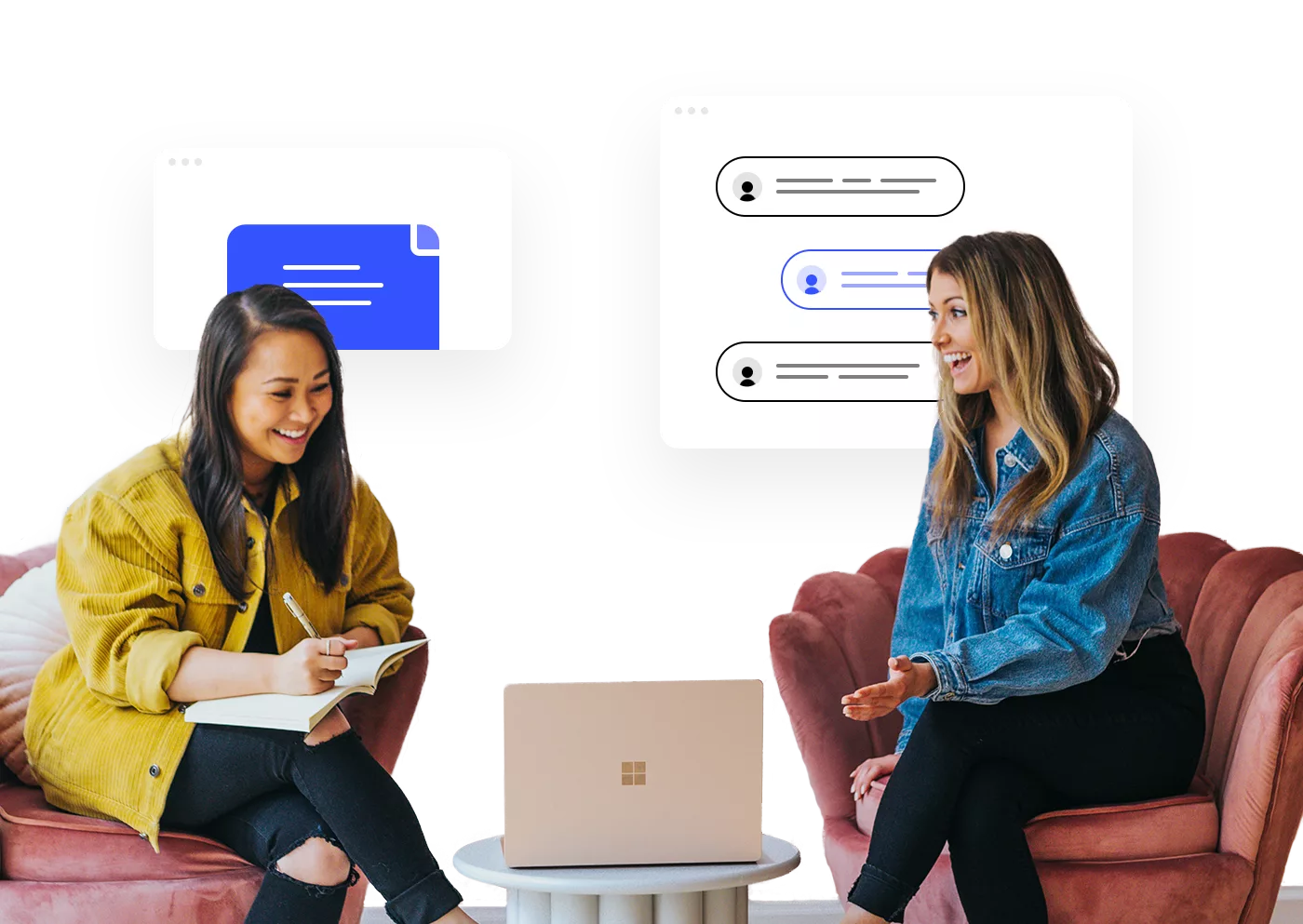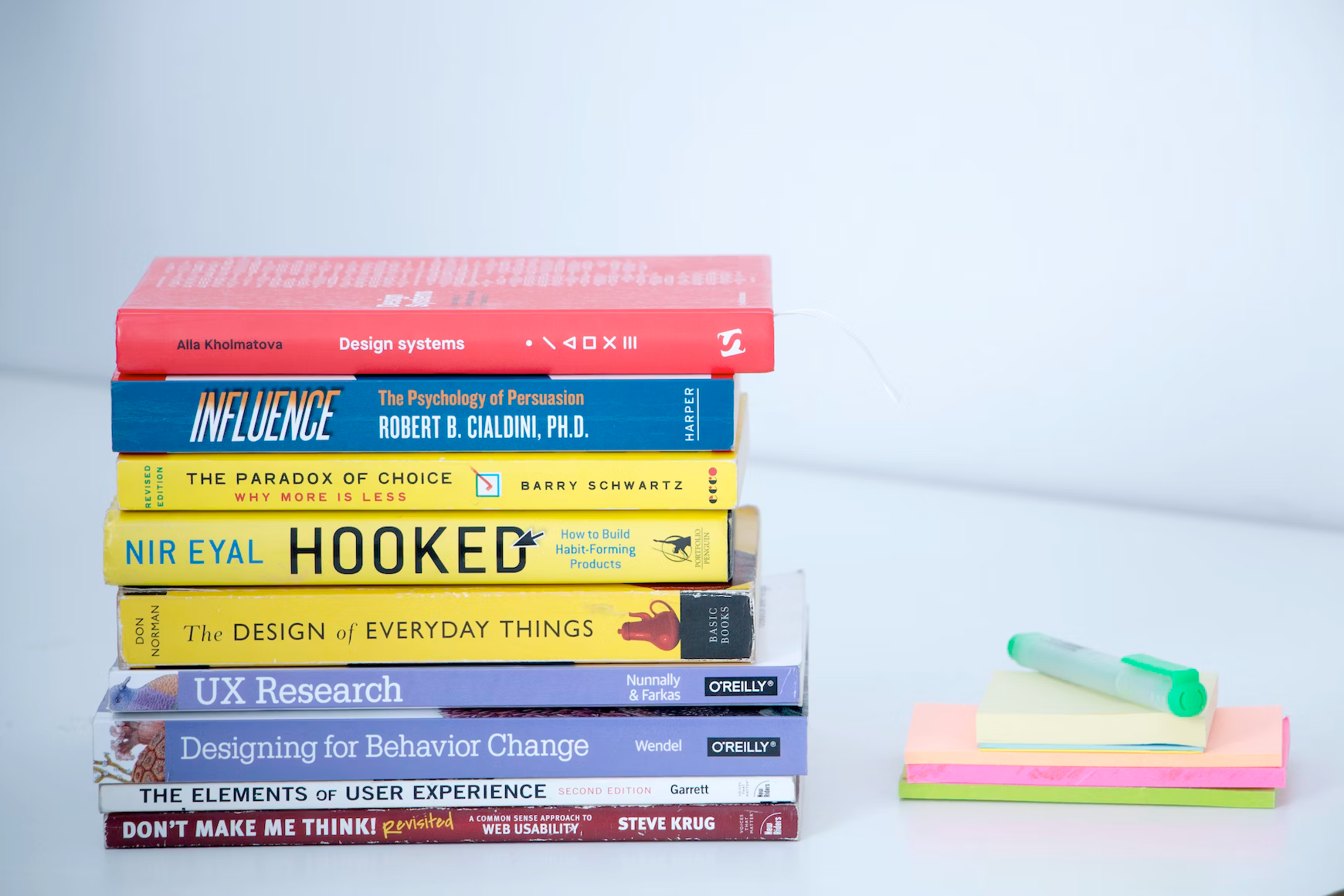User Research
User research is the process of understanding users’ behaviors, needs, motivations, and pain points through various techniques to inform design decisions for a better user experience.

What is User Research?
User research is a process of understanding the behaviors, needs, motivations, and pain points of users through various research techniques such as surveys, interviews, usability testing, and observation. The goal of user research is to gain insights into how users interact with a product or service and to use those insights to inform design decisions that result in a better user experience. User research can help product teams understand what features and functions users want, how users navigate a product, and what obstacles or barriers they face. User research is essential for creating products that meet the needs of users and for improving the overall user experience.

Why is User Research Important?
User research is important because it helps to identify users’ needs, behaviors, and pain points, which allows designers and developers to create products and services that meet those needs, resulting in a better user experience, increased user satisfaction, and ultimately, more successful products.
When should user research be performed?
User research should be performed throughout the entire product development lifecycle, from the ideation phase to post-launch evaluation, and at regular intervals to ensure that the product or service continues to meet users’ evolving needs and expectations. It is especially important to conduct user research at key points in the design process, such as during concept development, prototyping, and testing phases, to ensure that user feedback is integrated into the design and development process in a timely manner.
What are some user research methods?
There are various user research methods that can be used to understand users’ behaviors, needs, and pain points. Here are some commonly used methods:
- Surveys: A survey is a quantitative research method that allows researchers to collect large amounts of data quickly and efficiently by asking users to complete a series of questions.
- Interviews: An interview is a qualitative research method in which a researcher asks open-ended questions to users to gain deeper insights into their behaviors, needs, and motivations.
- Usability Testing: Usability testing involves observing users as they interact with a product or service and recording their behaviors, feedback, and pain points.
- Focus Groups: A focus group is a qualitative research method that involves bringing together a group of users to discuss their experiences, opinions, and perceptions of a product or service.
- Card Sorting: Card sorting is a method used to understand how users categorize information and can be used to inform the structure of a product or service.
- A/B Testing: A/B testing is a quantitative research method that involves testing two versions of a product or service to determine which one performs better based on user engagement, conversion rates, or other metrics.
- Diaries/Journals: Diaries or journals can be used to collect longitudinal data on users’ behaviors, needs, and experiences over an extended period of time.
- Field Studies: Field studies involve observing users in their natural environment to gain a deeper understanding of their behaviors, motivations, and pain points in context.
These are just a few of the many user research methods that can be used, and the specific methods used will depend on the research questions, the target users, and the resources available.

What are some resources to learn more about user research?
There are many resources available to learn more about user research. Here are some suggestions:
- Nielsen Norman Group: The Nielsen Norman Group is a leading research firm that specializes in user experience, and their website contains a wealth of information on user research, including articles, reports, and training courses.
- UX Collective: UX Collective is an online publication that covers all aspects of user experience design, including user research. They publish articles, case studies, and resources on user research topics.
- UX Design: UX Design is a website that provides a range of resources on user experience design, including user research. They offer articles, case studies, and courses on user research methods and best practices.
- gov: Usability.gov is a website maintained by the U.S. government that provides guidance on user-centered design and usability. The site contains resources on user research methods, including guides, templates, and case studies.
- com: UserTesting.com is a user research platform that provides access to user testing tools, participants, and research expertise. They also offer resources on user research methods and best practices.
- Coursera: Coursera is an online learning platform that offers courses on a wide range of topics, including user research. They offer courses from leading universities and institutions, such as the University of Michigan and Georgia Tech.
These are just a few resources available to learn more about user research. Additionally, there are many books, conferences, and local meetups focused on user research that can provide valuable insights and opportunities to connect with other researchers.

